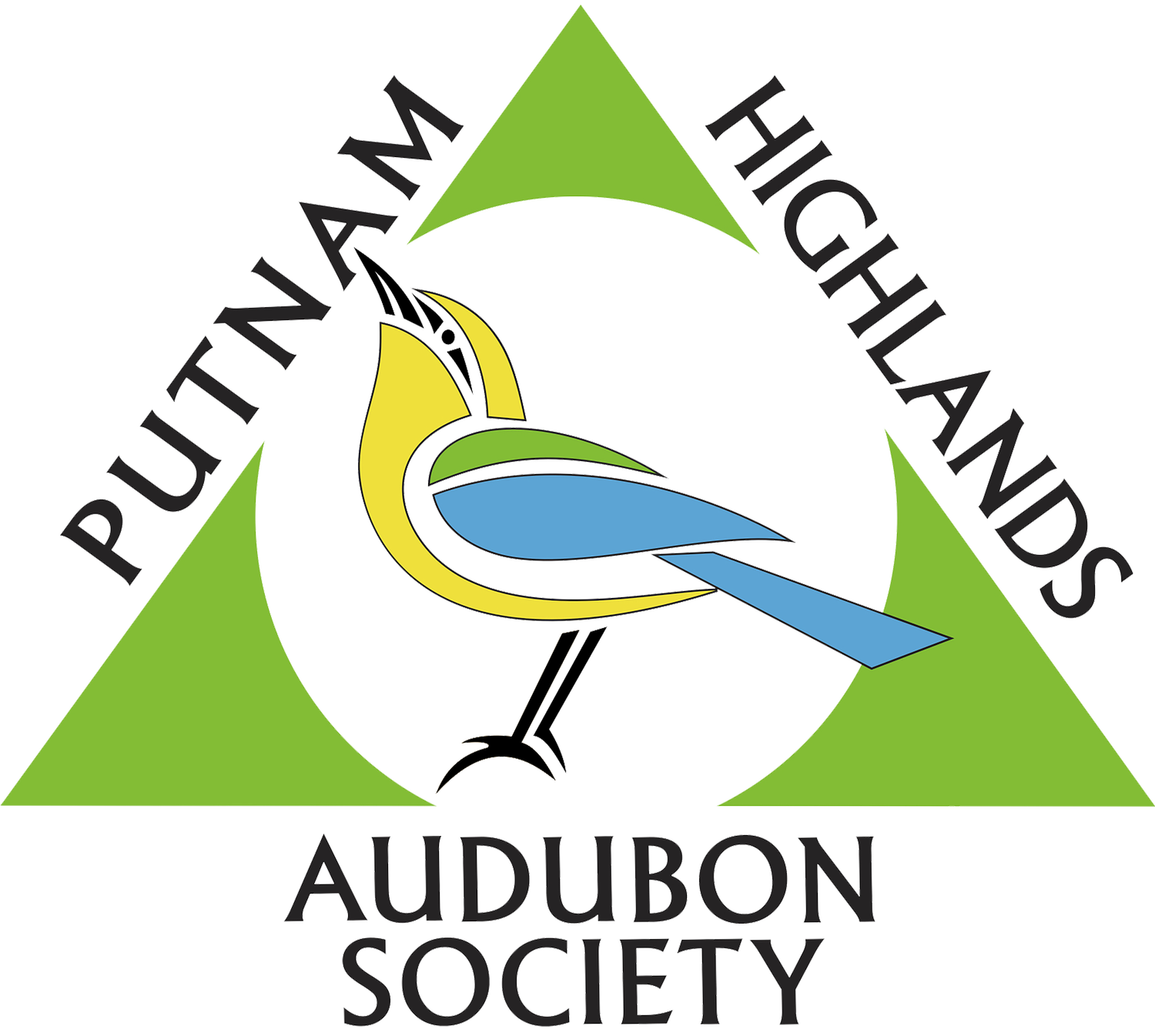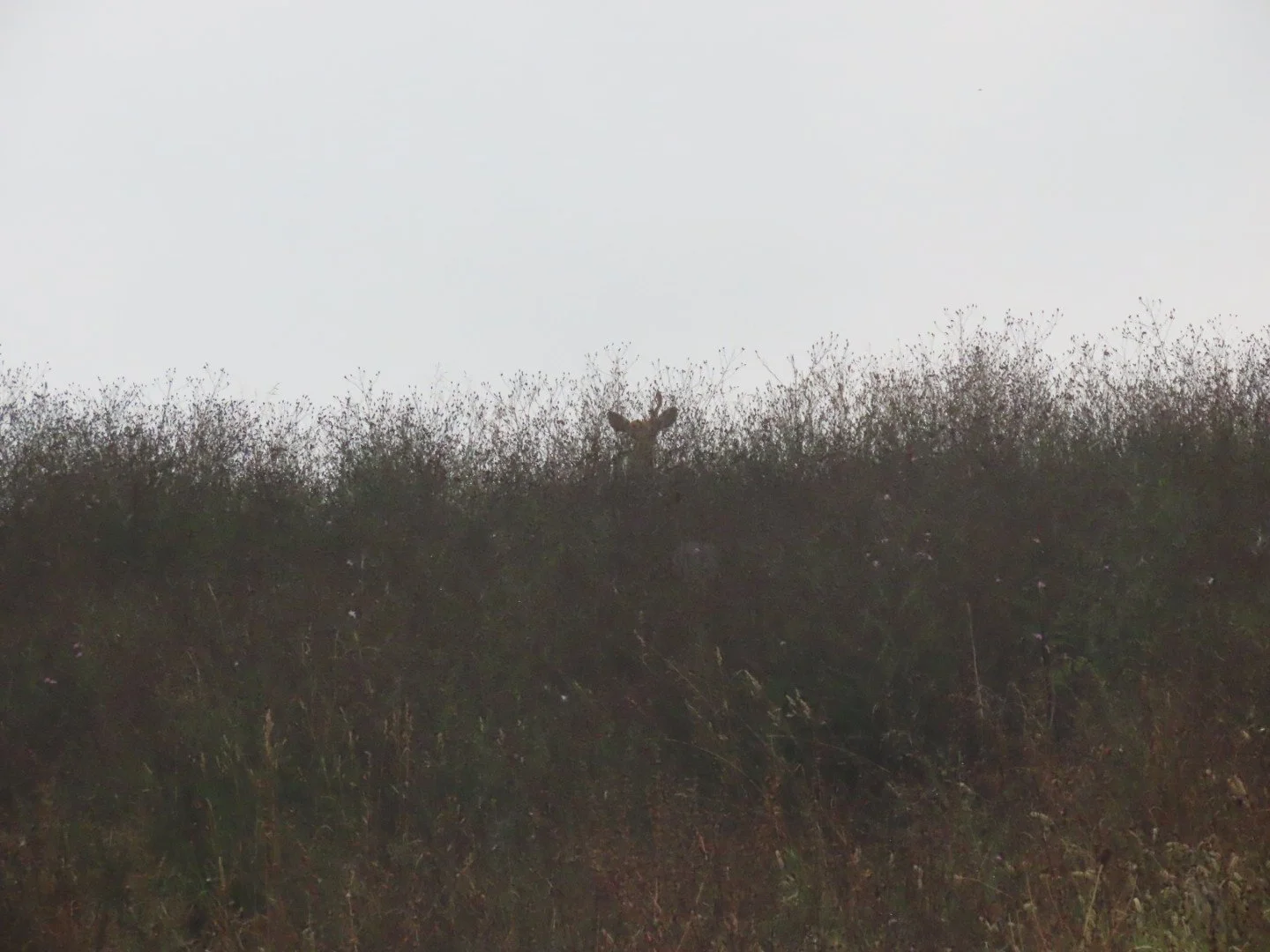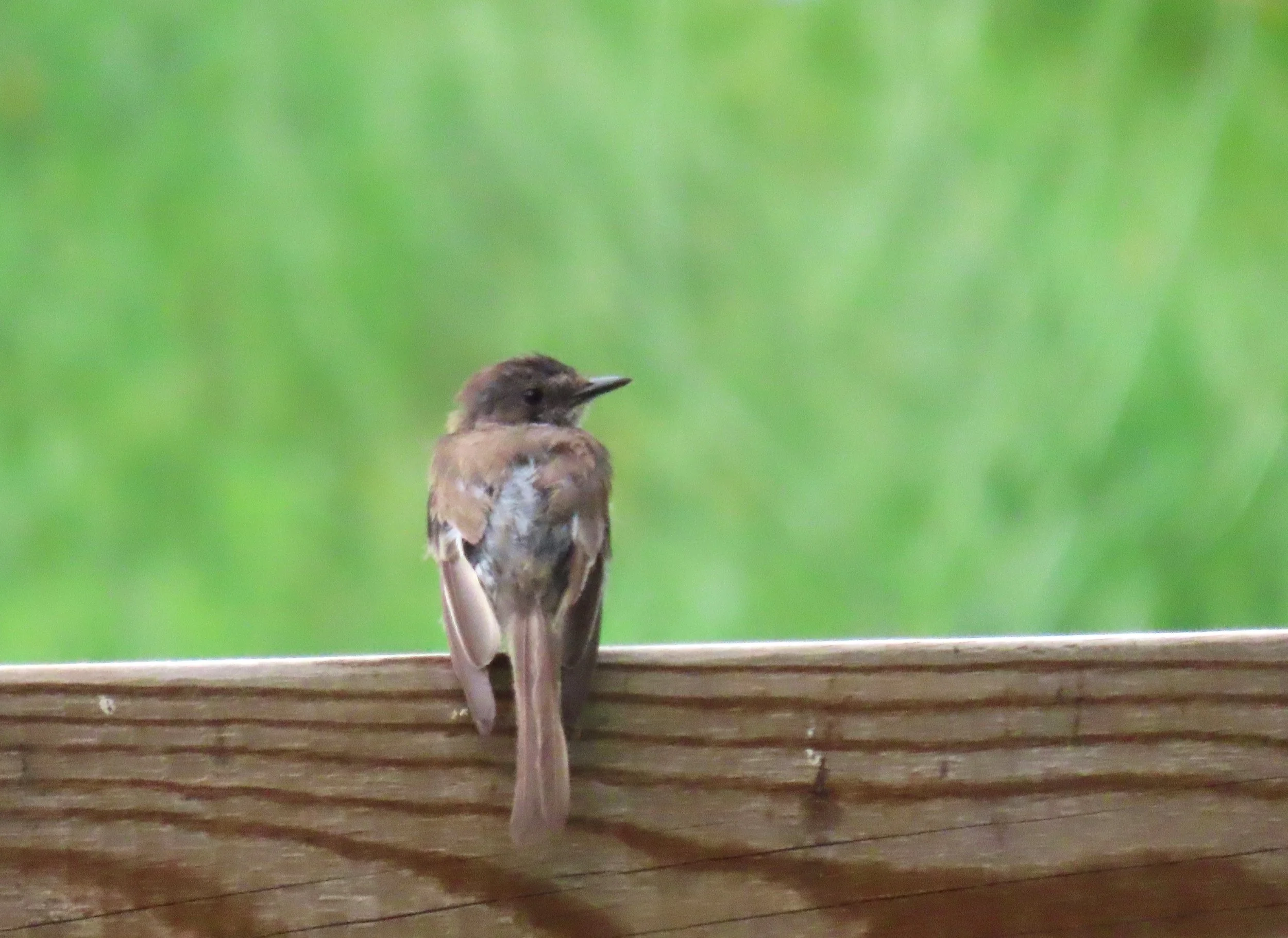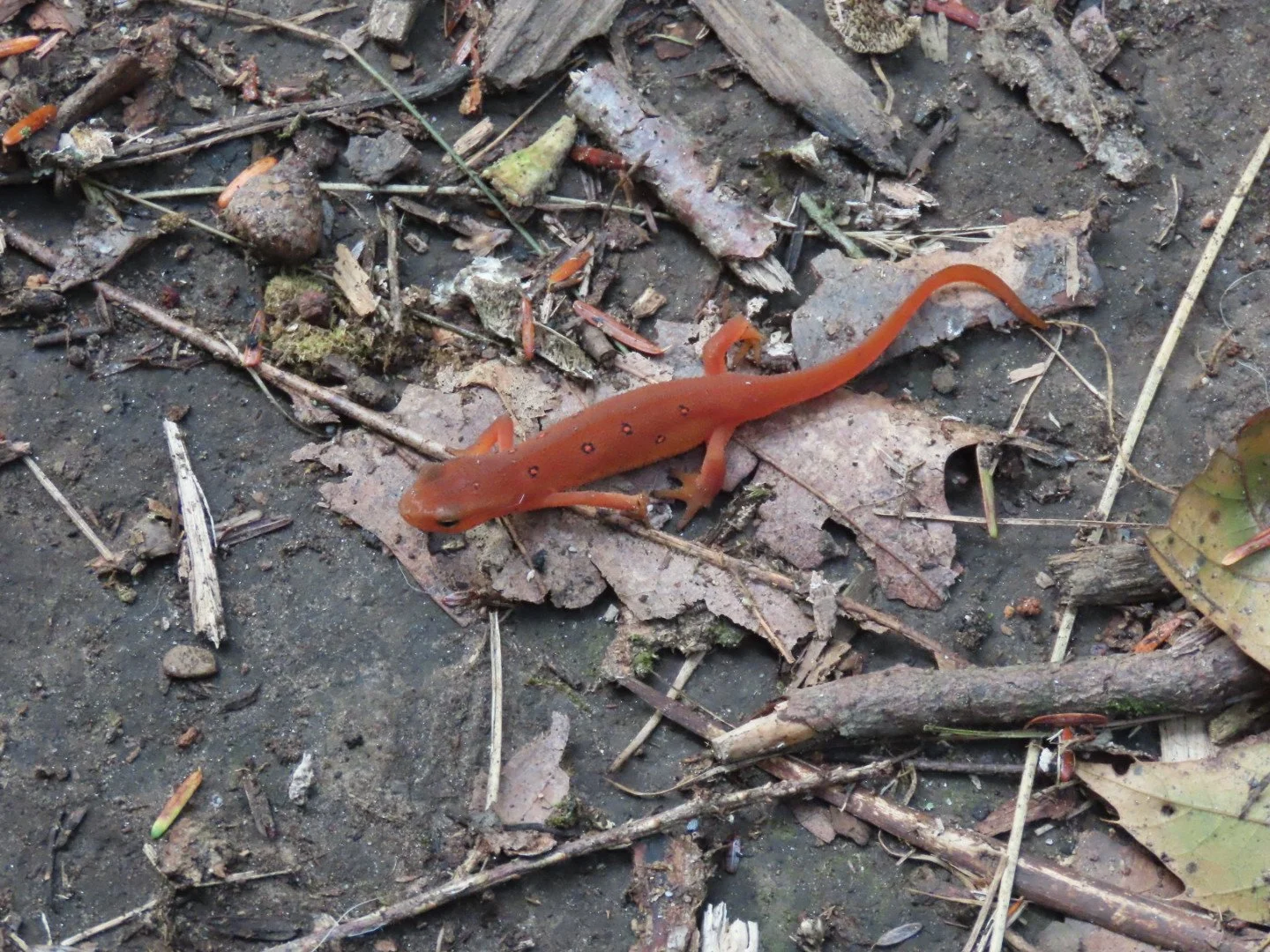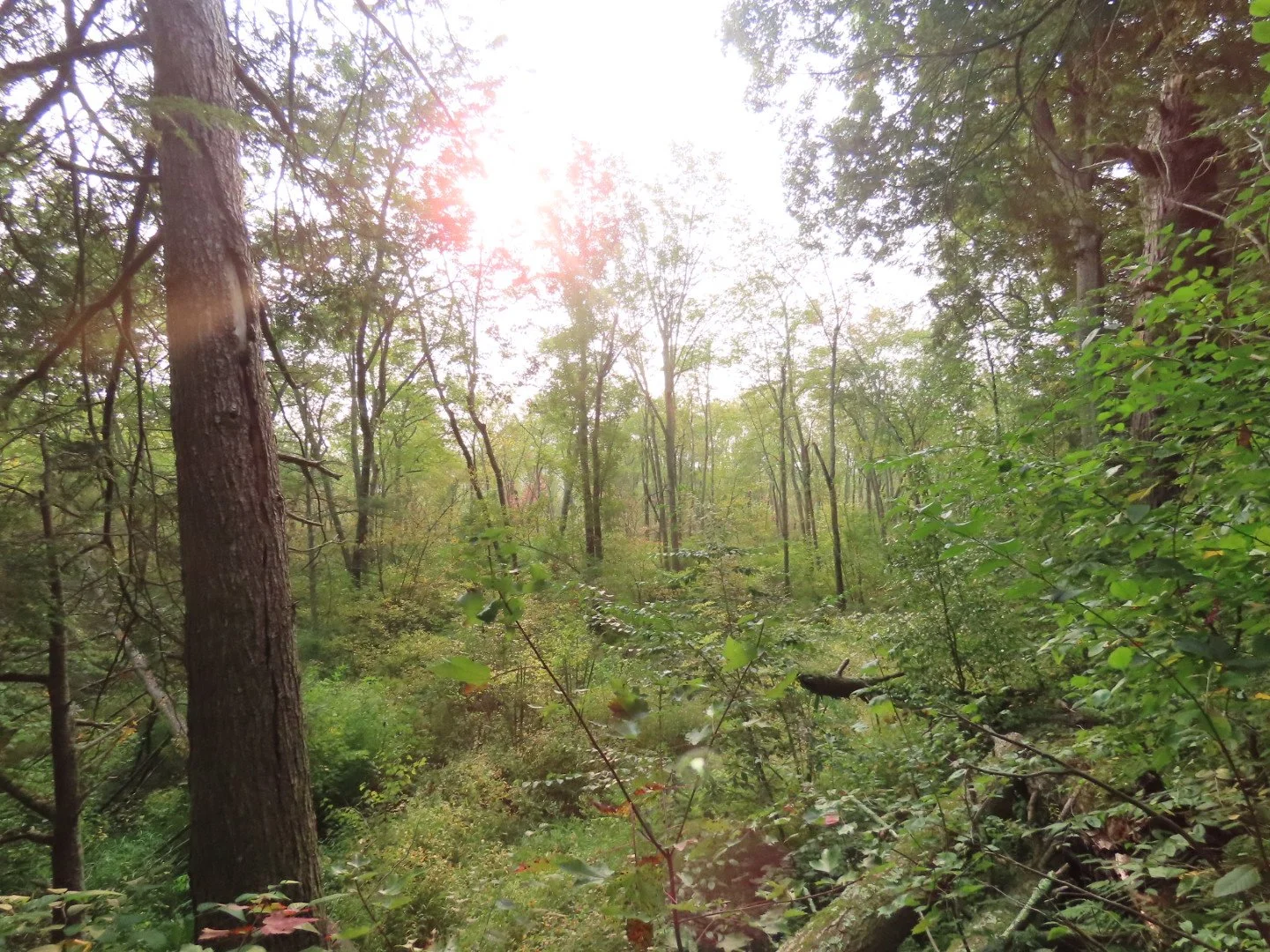Great Swamp Bird Walk 2025
By Young Birder, Arabella P. - Sept. 2025
As the wind rustled the leaves of the trees that obscured the nearby swamp, we began our morning by discussing the ecosystem of the Great Swamp – one of New York’s largest freshwater wetlands – while attentively listening to American Goldfinches and Cedar Waxwings calling overhead and also scanning the skies for any migrating warblers who had yet to drop down for the day. As we entered a field filled with Goldenrod, we were also greeted by invasive plants – Purple Loosetrife and Asiatic Bittersweet – beautiful to the unknowing eye but offering little value beyond their beauty.
Both plants are aggressive spreaders that transform habitats and form expansive populations that result in monocultures, thereby eliminating any opportunity for native plants, which have coevolved with birds and insects who depend on these native plants to complete their lifecycles, to thrive. Both of course have been spread through human intervention and neither offered any nutritional value to the American Goldfinches who were abundant in the field on this warm morning.
As we continued scanning and listening, we crossed a field lined with Black Walnuts at its edges and highly invasive Trees of Heaven (a favorite of the just as highly invasive Spotted Lanternfly, which thankfully did not make an appearance) interspersed among them. We paused on the road to watch more goldfinches feed, and we noticed that some of them had commenced their molt; the plumage of many of the males had begun changing from a vibrant, lemony yellow to a darker, olive-green tone while the females remained in their greenish shades.
We crossed the field again and began our journey on the Great Swamp’s boardwalk, surrounded by both native cattails and invasive phragmites and bordered by willows, oaks, and maples. Ruby-throated Hummingbirds darted through the vegetation and flew around us, scolding angrily and stopping intermittently to feed on native jewelweed before resuming their scoldings and battles. American Crows and their relatives, Blue Jays, called as they flew over, perhaps on their way to search for a healthy breakfast, while Cedar Waxwings gave their high “tsee” calls from treetops. We passed stands of native Silky Dogwoods among the reeds, noting that these dogwoods had been picked clean of their berries by resident and migrating birds. High in fat content and calcium, dogwood berries, such as those from the aforementioned Silky Dogwoods, are a nutritious food source for both migrating and resident birds at this time of year: the Silky Dogwood, for instance, provides berries from August to September, which help birds gain weight before embarking on their epic migrations.
As we continued on, we heard the distinctive, scolding call of a Common Yellowthroat, who shyly hid in the vegetation before emerging onto a reed, then disappearing again. The sun emerged, casting its light over the boardwalk and swamp, and the temperatures began to climb quickly. Luckily, we soon reached the forest, where a Scarlet Tanager greeted us with its cheerful song, inviting us to journey forward into the wood’s coolness, and where Yellow-throated Vireos and a Warbling Vireo sang from the canopy. As we listened to the musical song of a Wood Thrush and the familiar calls of Black-capped Chickadees and Tufted Titmice, we commented on the abundant amount of poison ivy, whose berries provide a valuable food source for migrating birds, that lined the forest floor alongside plants such as hog peanut and New York and Christmas ferns. The continuing climbing temperatures brought with them a silence to the woods, and we retreated to the boardwalk. As we neared the end of our walk, we were treated to the sweet melody of Rose-breasted Grosbeaks singing from atop the canopy, accompanied by the masterful and enchanting song of Song Sparrows, who varied their intensity and notes as we drew nearer, and the distinctive slurred pewee call of Eastern-wood Pewees who refused to allow themselves to be seen.
The Great Swamp lived up to its reputation of greatness, providing us with a total of 21 avian species along with a variety of plant and insect species, as well as snails and two Garter Snakes.
